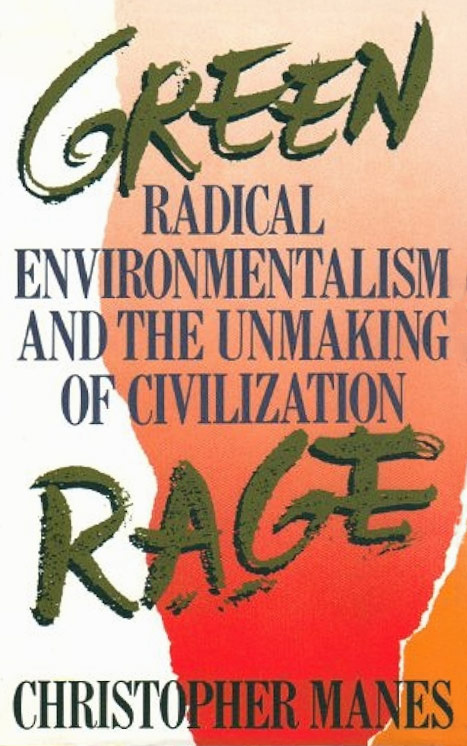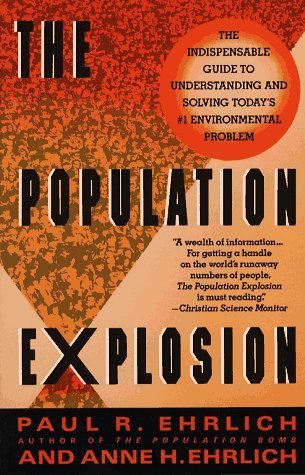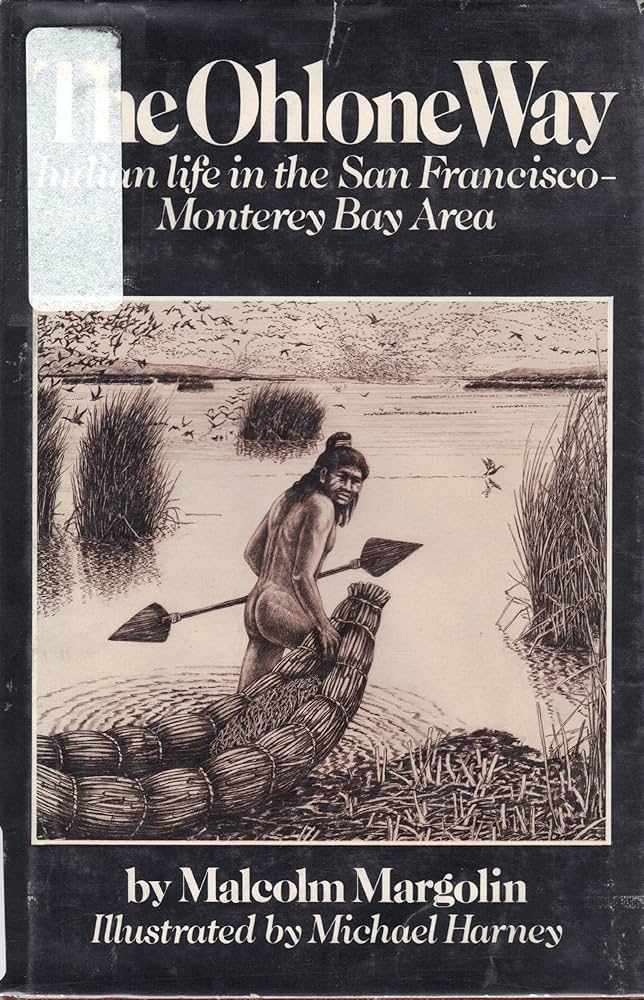Preserving the legacy of Bay Area Action’s environmental work from 1990–2000 and beyond.
Learn more...

Christopher Manes (1990)
Sprinkled with quotes and references from Edward Abbey, Green Rage romanticizes radical environmental actions such as monkey-wrenching, or “ecotage” (the use of sabotage to protect the environment). Green Rage is a tightly argued, sophisticated defense of radical environmentalism. At the center of the radical environmentalists is the group Earth First!, whose motto “No compromise in the defense of Mother Earth” has frequently put them on the wrong side of the law. The controversial premise of the book is that human life is not the highest value on earth. Other life forms including the earth itself are as valuable. Manes claims that radical groups such as Earth First! are at the leading edge of the environmental movement, setting the environmental agenda for the future.

Paul Erlich (1990)
An updated and somewhat less radical version of Erlich’s 1968 The Population Bomb, The Population Explosion steps through the ecologic al ramifications of the growing world population. Erlich argues that overpopulation is at the root of many of the world’s most compelling environmental issues such as global warming, acid rain, the African famine, the garbage crisis, and the AIDS epidemic. He goes on to emphasize that the relatively modest overpopulation of industrialized countries is a more serious problem than the rapid overpopulation of third world countries due to their consumption-based lifestyle.

Malcolm Margolin (1978)
It’s hard to imagine that just two hundred years ago herds of elk, antelope, and grizzly bear dotted the hills of the Bay Area while flocks of geese, ducks, and other birds clouded the skies. The Ohlone Way vividly describes life among approximately forty triblets of indians known as the Ohlone that inhabited the Bay Area a short time ago. The author paints a picture of a simple life of this hunter-gatherer tribe that is dominated by tradition and ingenuity. The reader can’t help but compare today’s cement-strewn, traffic-congested environment with the tranquility described in The Ohlone Way. What happened? Where did it go? Can’t we return to a simpler life? How can we call what we have done to the Bay Area progress? The Ohlone Way raises all these questions indirectly.
——
Published in Action vol 1, no 3 · Nov–Dec 1990